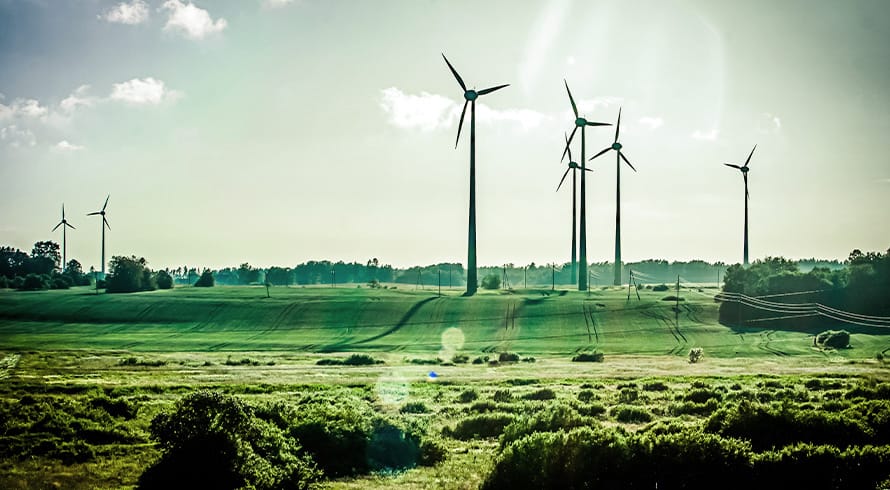Renewable energy – a source of economic growth for South Africa
One of the many reforms on the growth reform agenda is transforming the electricity sector to keep up with the technological changes in the electricity space.
According to the Strategy Report, the slow growth in the economy and the continuous increase in electricity tariffs are “affecting competitiveness and household welfare and pushing demand off grid” or contributing to a reduced reliance on the grid. This means that South Africans are making use of gas stoves, solar water geysers and rooftop solar photovoltaic systems, which are increasingly becoming cheaper energy alternatives.
The Strategy Report, however, recognises that although grid defection has implications for municipalities, who rely on electricity sales as a source of revenue, government can capitalise on independent power producers. According to the Strategy Report, government would not have to spend on large electricity capital infrastructure build, to meet electricity demands, if its electricity reform system allows households and businesses to sell excess electricity back to the grid.
Treasury is therefore encouraging and supporting power production by independent power producers (including private citizens with solar photovoltaic panels) to feed excess power into the grid and is considering regulations and legislation in this regard, as well as in the industrial sector to gain access to the grid to permit wheeling of electricity, which would support industrial growth.
Notably, the Strategy Report also discussed the Integrated Resource Plan (IRP), which determines the long-term electricity demand and details how the demand should be met, with the vision of the IRP being that “the base case of the IRP should be unconstrained so that all policy options can be compared to the least-cost option”. An updated IRP is expected to be issued by the Department of Mineral Resources and Energy before the end of this year.
The information and material published on this website is provided for general purposes only and does not constitute legal advice. We make every effort to ensure that the content is updated regularly and to offer the most current and accurate information. Please consult one of our lawyers on any specific legal problem or matter. We accept no responsibility for any loss or damage, whether direct or consequential, which may arise from reliance on the information contained in these pages. Please refer to our full terms and conditions. Copyright © 2025 Cliffe Dekker Hofmeyr. All rights reserved. For permission to reproduce an article or publication, please contact us cliffedekkerhofmeyr@cdhlegal.com.
Subscribe
We support our clients’ strategic and operational needs by offering innovative, integrated and high quality thought leadership. To stay up to date on the latest legal developments that may potentially impact your business, subscribe to our alerts, seminar and webinar invitations.
Subscribe




